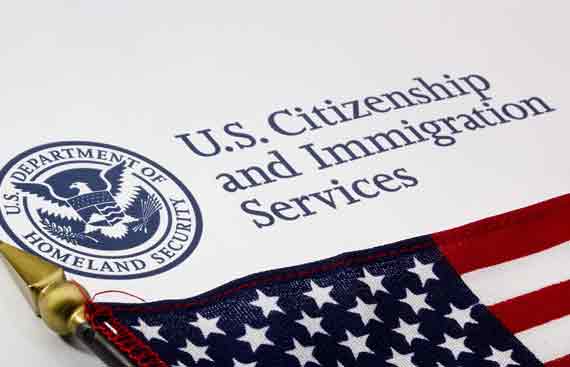What to Watch in U.S. Immigration Law in 2022

A series of significant developments in U.S. immigration law has already marked the beginning of 2022, and more can be expected
FREMONT, CA: The Biden Administration announced a set of measures in January to attract and keep international talent in STEM sectors (science, technology, engineering, and math). US Citizenship and Immigration Services (USCIS) and Customs and Border Protection (CBP) have made significant progress in extending work authorization to dependent spouses of visa holders in the E (Treaty Trader or Treaty Investor) and L (Intra-company Transfer) categories, removing the need for a separate work authorization application. Meanwhile, the Department of Justice (DOJ) has remained active in enforcing the immigration anti-discrimination provisions of the Immigration and Nationality Act (INA), with several settlements in 2021 involving allegations of discrimination preventing discrimination against U.S. workers and a renewed focus on investigating claims of document abuse in Form I-9 completion, maintenance, and verification. This overlaps with Immigration and Customs Enforcement's (ICE) ongoing I-9 flexibility in response to the COVID-19 pandemic, which is in place until April 2022. This comes on the heels of ongoing congressional debate over immigration reform (as most recently reflected in the Build Back Better bill).
The Biden Administration's new rules aim to give international STEM talent more consistency and clarity through the F-1 student, J-1 exchange visitor, O-1 extraordinary ability, and EB-2 National Interest Waiver immigrant visa categories. In November 2021, the USCIS issued new advice stating that L-2 and some E-2 spouses will no longer require employment authorization documents (EADs) to work. The guidance came from a court-approved settlement of pending lawsuits in response to exorbitantly long wait times for EADs. As of January 31, 2022, spouses entering the US in L-2 or E-2 status can get work permits at the border by requesting that CBP add a "spousal" designation to their I-94 record, which can be utilized for Form I-9 Employment Eligibility Verification purposes.
While the Department of Justice's Immigrant and Employee Rights Section has begun to broaden the scope of its investigations, its enforcement of the INA's anti-discrimination provisions remains focused on safeguarding American citizens. In 2021, many agreements involving charges of discrimination against American citizens were reached. The settlements addressed reasonable cause findings of discrimination against American workers in PERM recruitment methods and H-2B (temporary non-agricultural) visa worker sponsorship programs, respectively. They indicate an ongoing trend following settlements that settled charges of discrimination in various corporations' PERM recruitment practices, notwithstanding adherence to the Labor Certification standards of the Department of Labor.


.jpg)
